Lunch Buddies- Anchi Hsin
OVERVIEW
Problem
Big companies struggle to increase their inclusivity in their workplaces:
Employees don’t know whether their companies are implementing D&I policies/programs, and underrepresented groups may want to change themselves to fit in when they can’t feel a sense of belonging.
People only stick with their teams due to heavy workload, busy schedules and office politics.
People think it is harder to talk about things that are outside of work with unfamiliar people because of the fear of saying something inappropriate that creates awkward situations.
Solution
A lunch App that pairs employees up with their coworkers to grab lunch together.
It can increase companies’ inclusion by helping people to get out their social bubbles, break ice with strangers, create D&I dataset, get rewards with free lunch, and share their experiences to the community.
Key Features
Get paired up
Assigned to 2 lunch buddies you don’t know who is going to the same restaurant with you at the same time
Break the ice
Use AI games to break the ice and help building a more diverse and inclusive dataset.
Get free lunch
Get company restaurants sponsored free $50 quota to get free lunch
Share your experiences
Post on community forum to encourage more people to participate and get more lunch discounts
PROCESS
Background
I am interested in this topic due to my personal experiences. We all experience the feeling of being underrated by someone or not belonging to some group at some point in our life. The first time that I felt excluded was in kindergarten. Girls were telling me I was weird because I drew a guy with a blue crayon, instead of a girl with a pink crayon in an art class. Since then, I have become aware that I do not fit others’ expectations when it comes to the topic of gender, and may never do so. The experiences of being “mismatched” in my childhood and teenage years have made me more aware of the issues of equality and justice and motivate me to use my interaction design skill to reimagine kinder, more humane ways for people to interact with one another.
To achieve my design goal of creating kinder, more humane ways for interaction, the first thought I have is asking how to change myself, and ourselves as designers. Designs exclude people, just like the girls in kindergarten who excluded me. According to Barry Katz, my professor of History of Interaction Design, “disable is a verb, not an adjective”. People themselves are not disabled, but are being disabled. According to Chris Taylor, chief inclusion officer of the Minnesota Historical Society, inclusion works the same way. “Inclusion is a verb, in that ‘to include’ requires action.” How do we make designs more inclusive? The first step is to make the design environment more diverse and inclusive, especially in tech companies in Silicon Valley, where interaction design was created.
Secondary Research
I done secondary research to understand more about the topic.
The term “Diversity and inclusion (D&I) workplaces” can be broken into two parts:
“Diversity refers to the idea that we see real or perceived differences between people based on certain characteristics. They can be demographic characteristics, or they can be more functional” -Ron Ophir, assistant professor at the School of Human Resource Management at York University
“Inclusion refers to how different people feel that they belong and whether they have a voice that is a full part of an organization.” -Ron Ophir
In other words, diversity requires bringing diverse people into the same space and inclusion requires making each individual a real full-fledged member.
D&I workplaces is becoming a hot topic for the past few years and has been a top priority in the Human Resource department. According to data from Indeed, demand for D&I related roles has increased by 20% between 2017 and 2018. Many pieces of research prove that it’s not only a moral issue but a business one since diverse companies perform at least 35% better than their homogeneous counterparts (McKinsey, delivering through diversity report).
To implement D&I policies, companies have come up with different strategies, training, and programs both in hiring processes as well as within companies. There are certainly lots of accomplishments. However, mostly, only diversity is improved by fulfilling systematic metrics and quantitative data, inclusion isn’t since there is no clear evidence on whether equality, satisfaction, and a sense of belonging are increased. In sum, what we have achieved is putting many types of people in the same room without teaching them how to interact with one another.
Since inclusion is an area that is relatively being less explored, I would like to tackle on the issue in this project.
Primary Research
Since I am interested in how to increase inclusion as a designer, I interviewed multiple people who are working in tech companies and synthesized the information into insights.



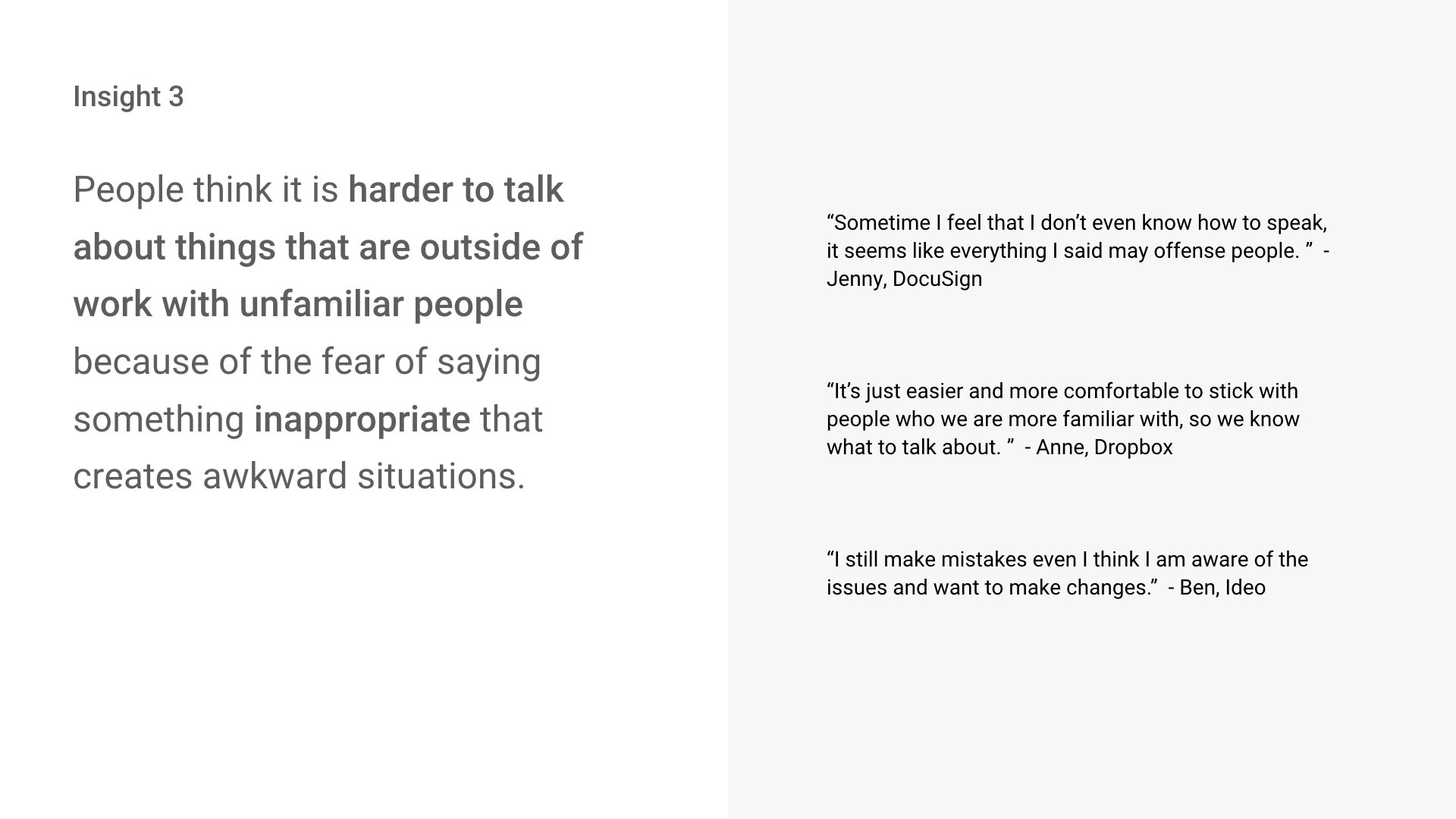
Opportunities
Based on insights, I come up with few opportunities areas.
How might we help people increase the awareness of D&I issues by:
Helping companies communicate their D&I goals/support clearly with their employees
Breaking employees’ social bubbles to encourage interactions among different departments/positions
Allowing employees to talk about the issue in lighter settings
Ideation
I mapped out what the current D&I area has offered. The yellow blocks are the ones that I feel I am more interested since they have more flexibility and potential.
Then I came up with many concepts.
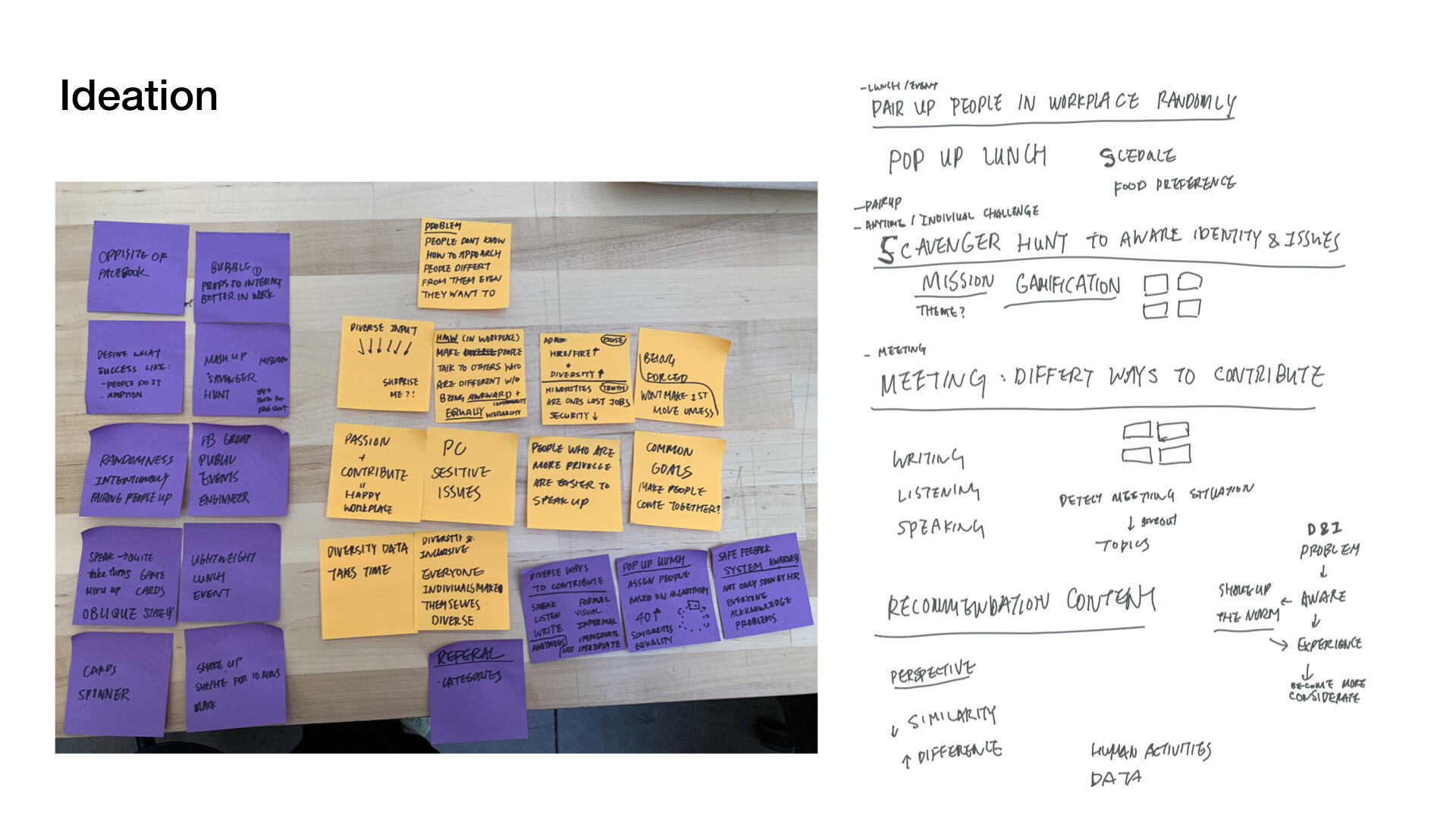
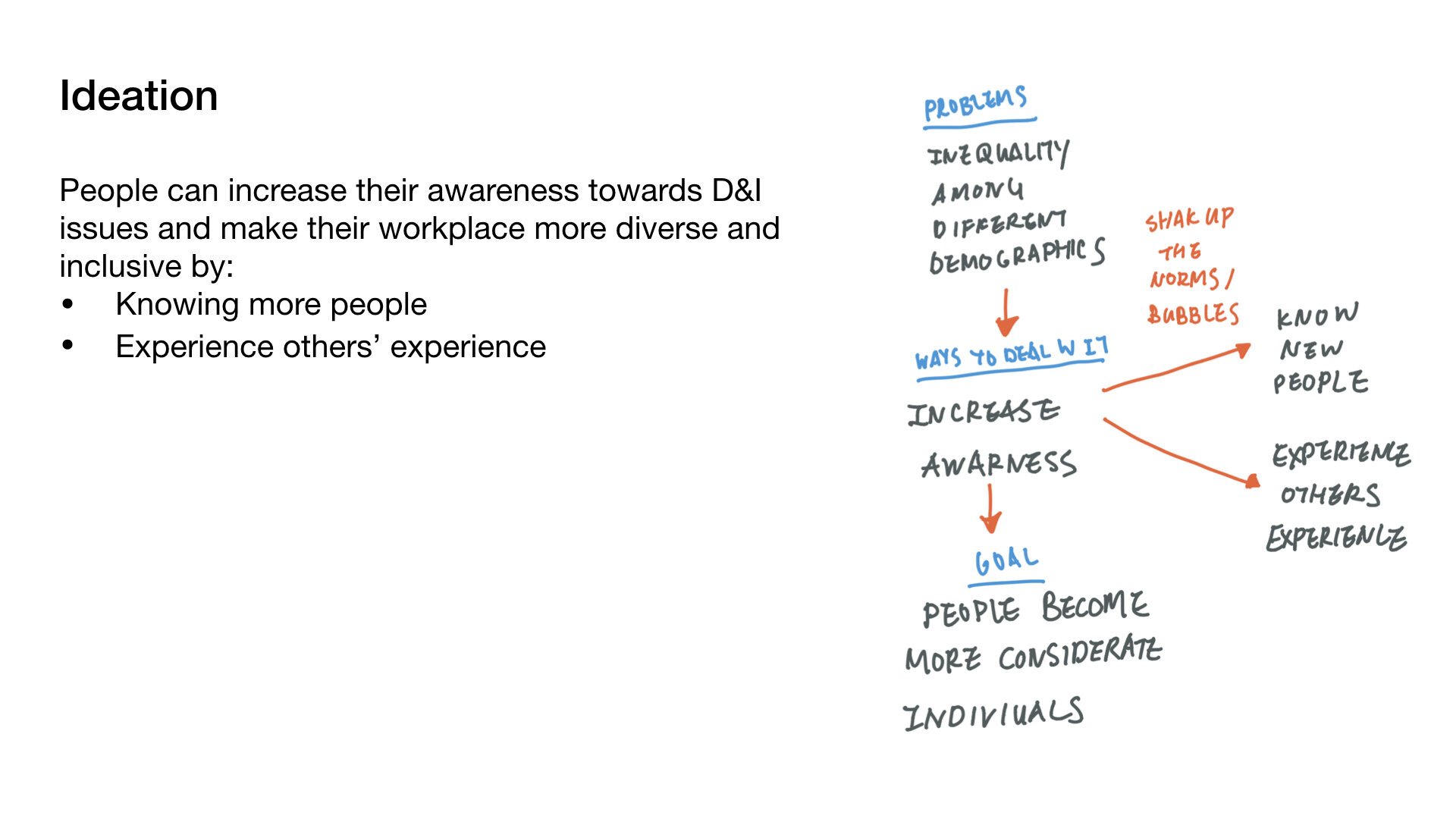

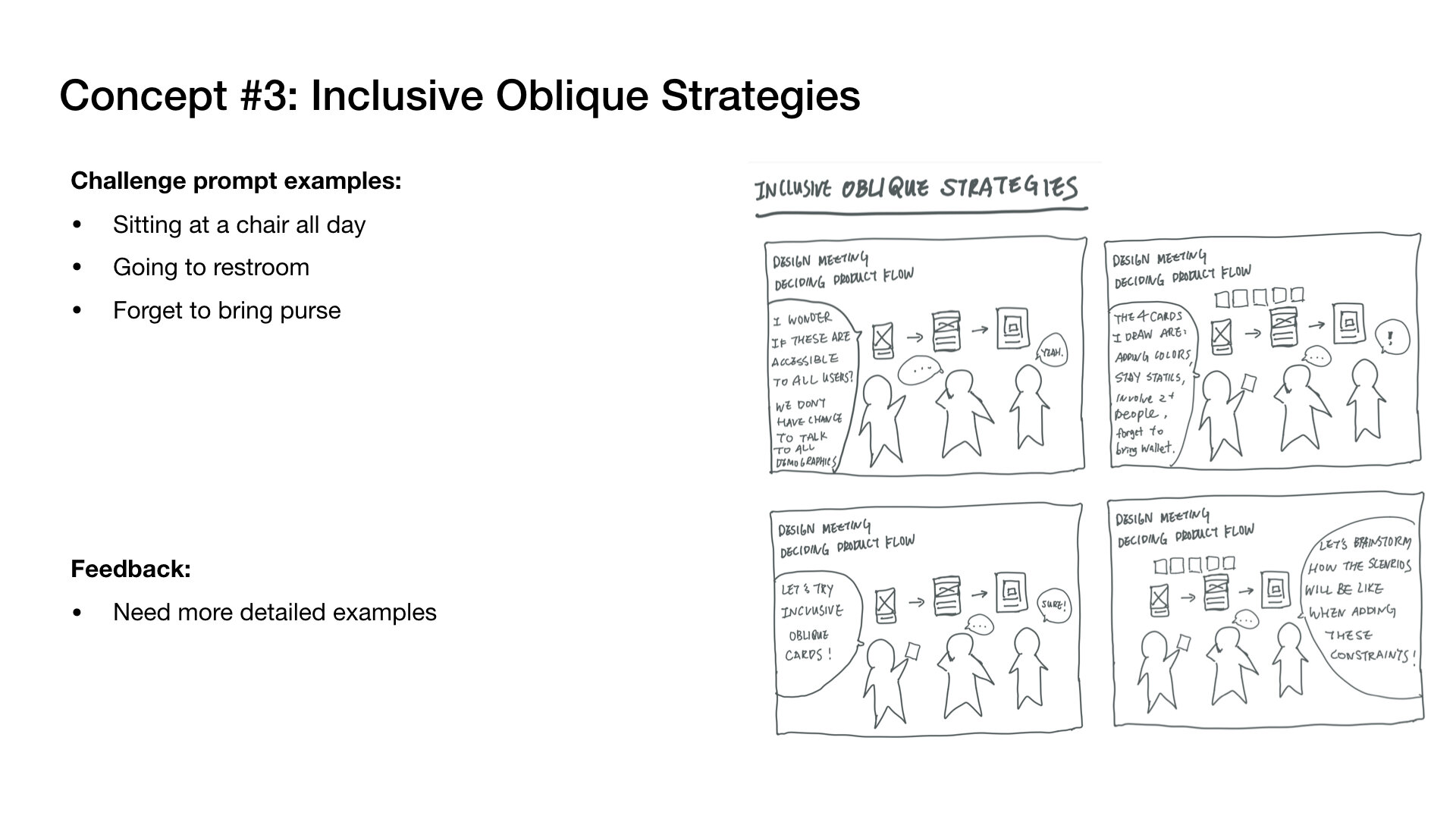




The two main concepts I have are Lunch Buddies (Lunch pair-up app) and Human of Oracle (Data visualization of representation).


I also use P5js (Code Link), Google Teachable Machines and InVision to prototype my concepts. (data in Google teachable machines are searched from online, just for examples and experiments)




Since Lunch Buddies ended up receiving more positive feedback during usability testings, I decide to further develop the concept.
Final Solutions
Overall Design Walkthrough (Prototype Link)



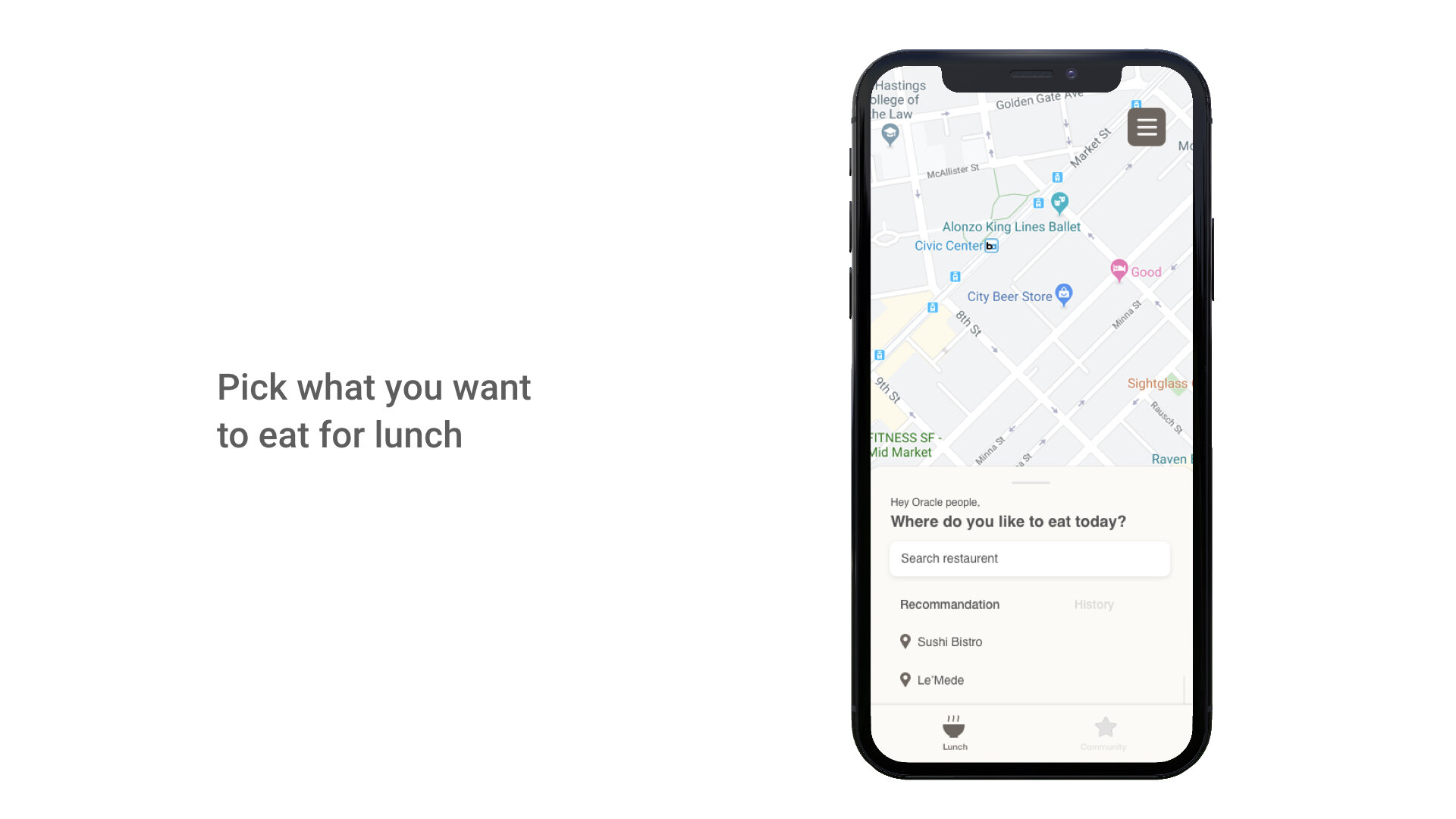
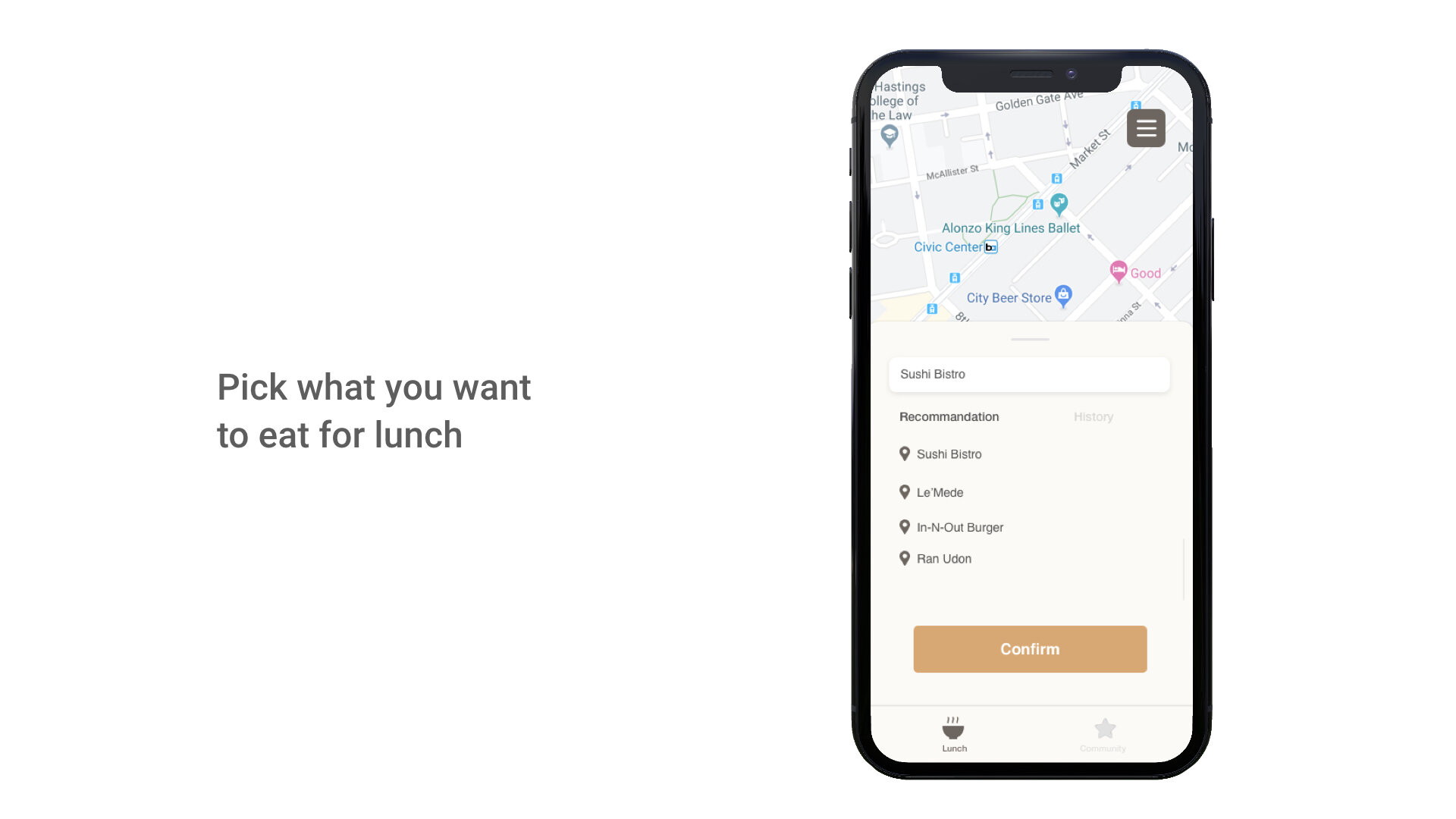
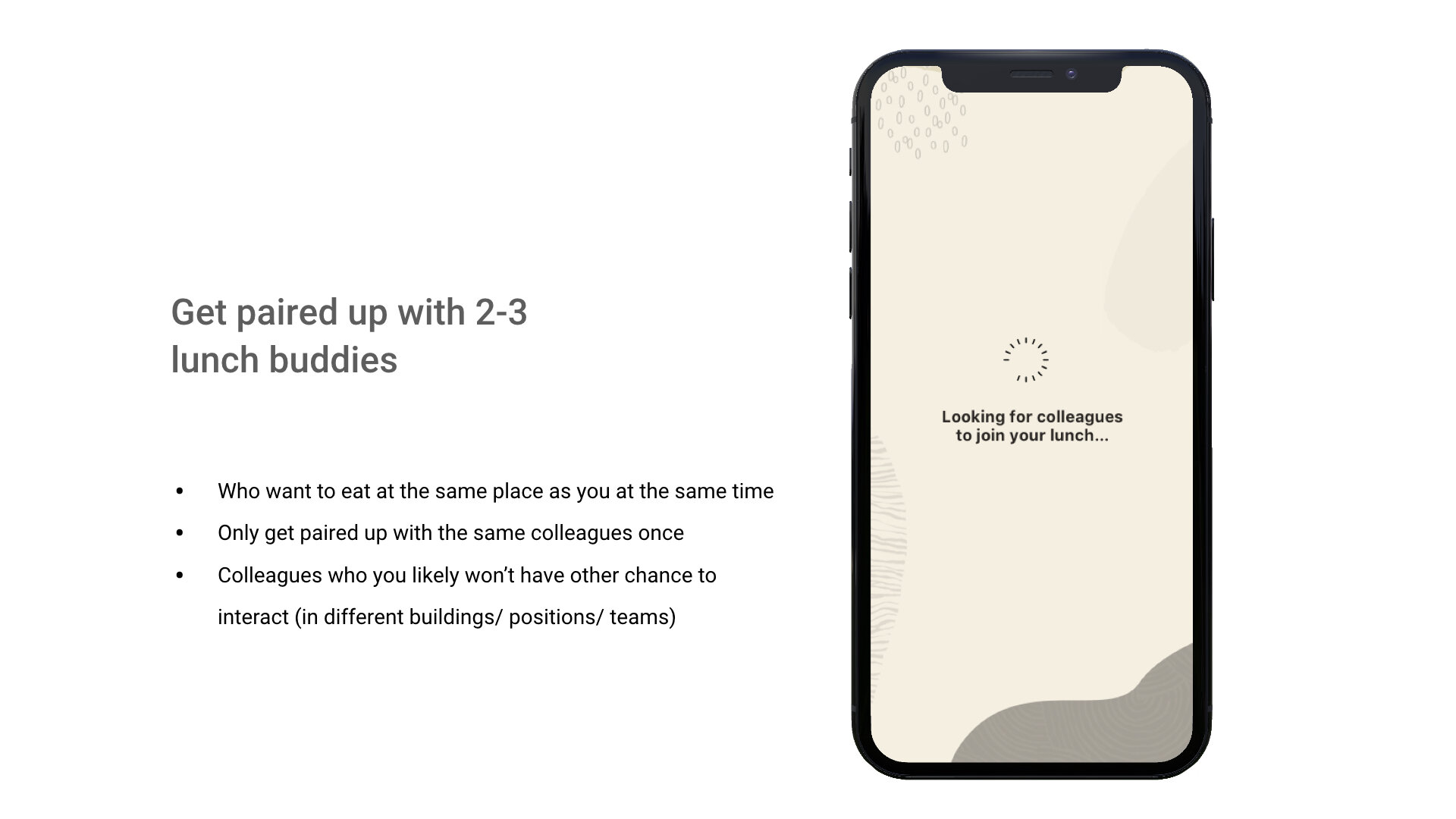
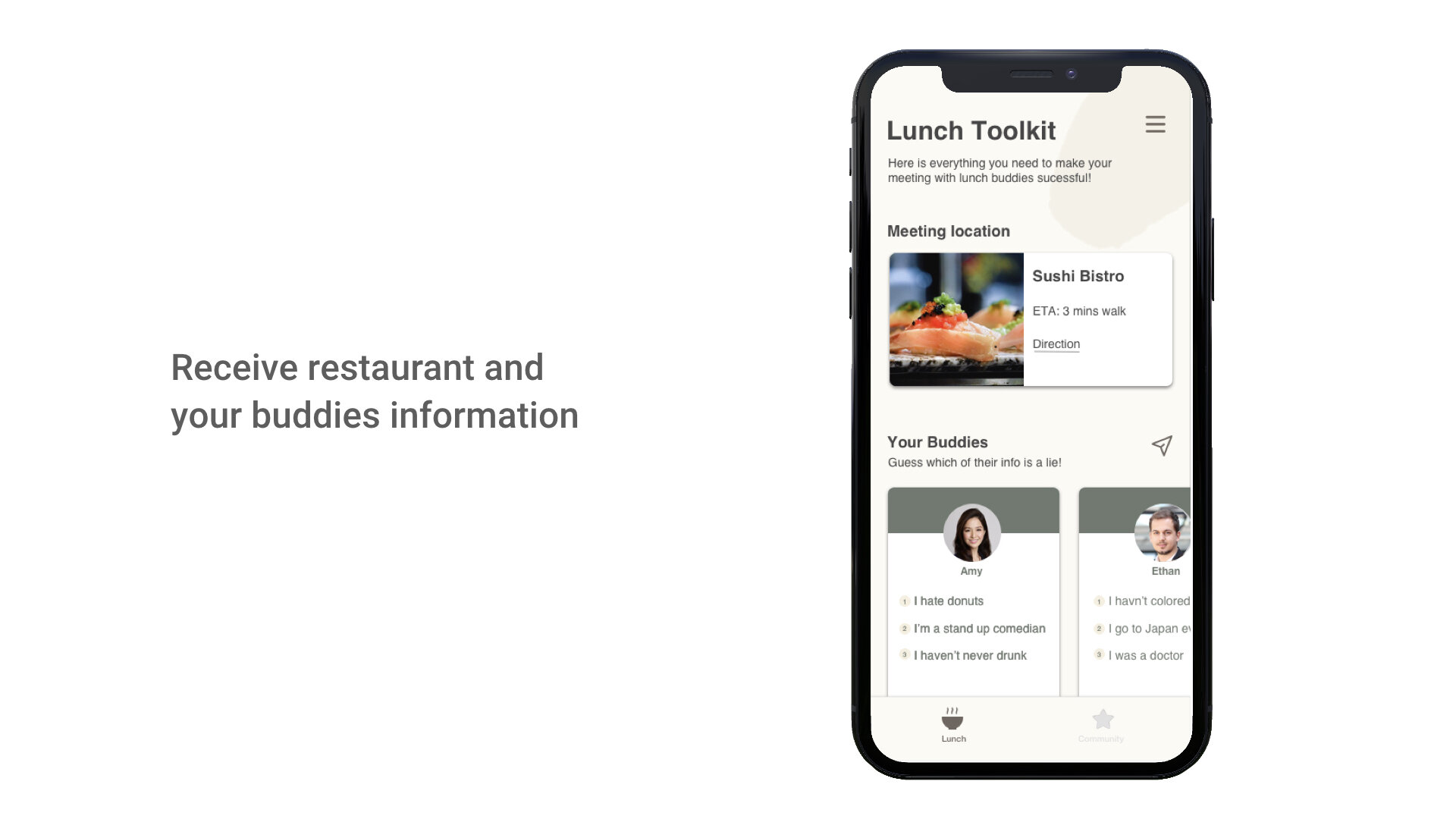
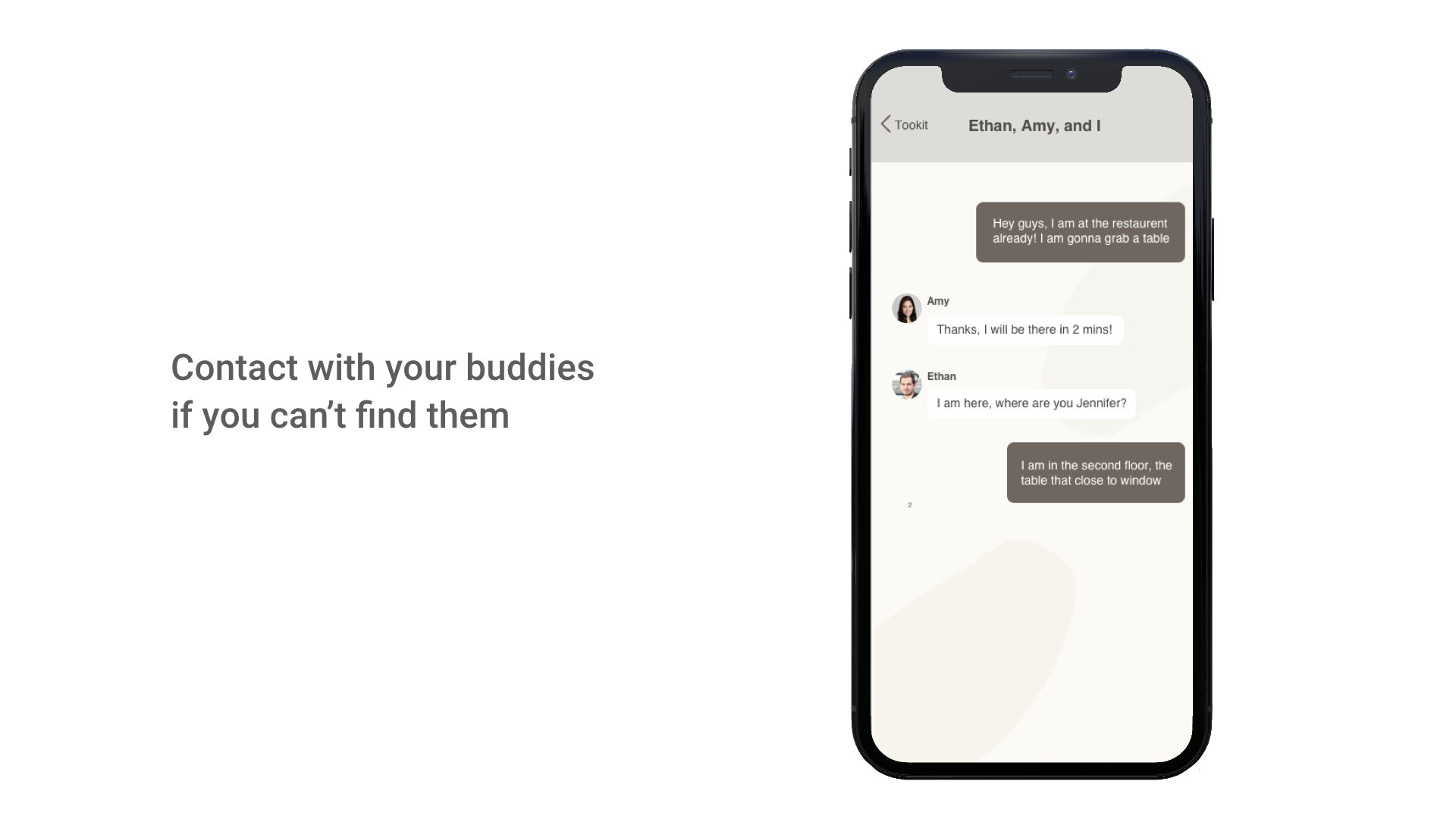

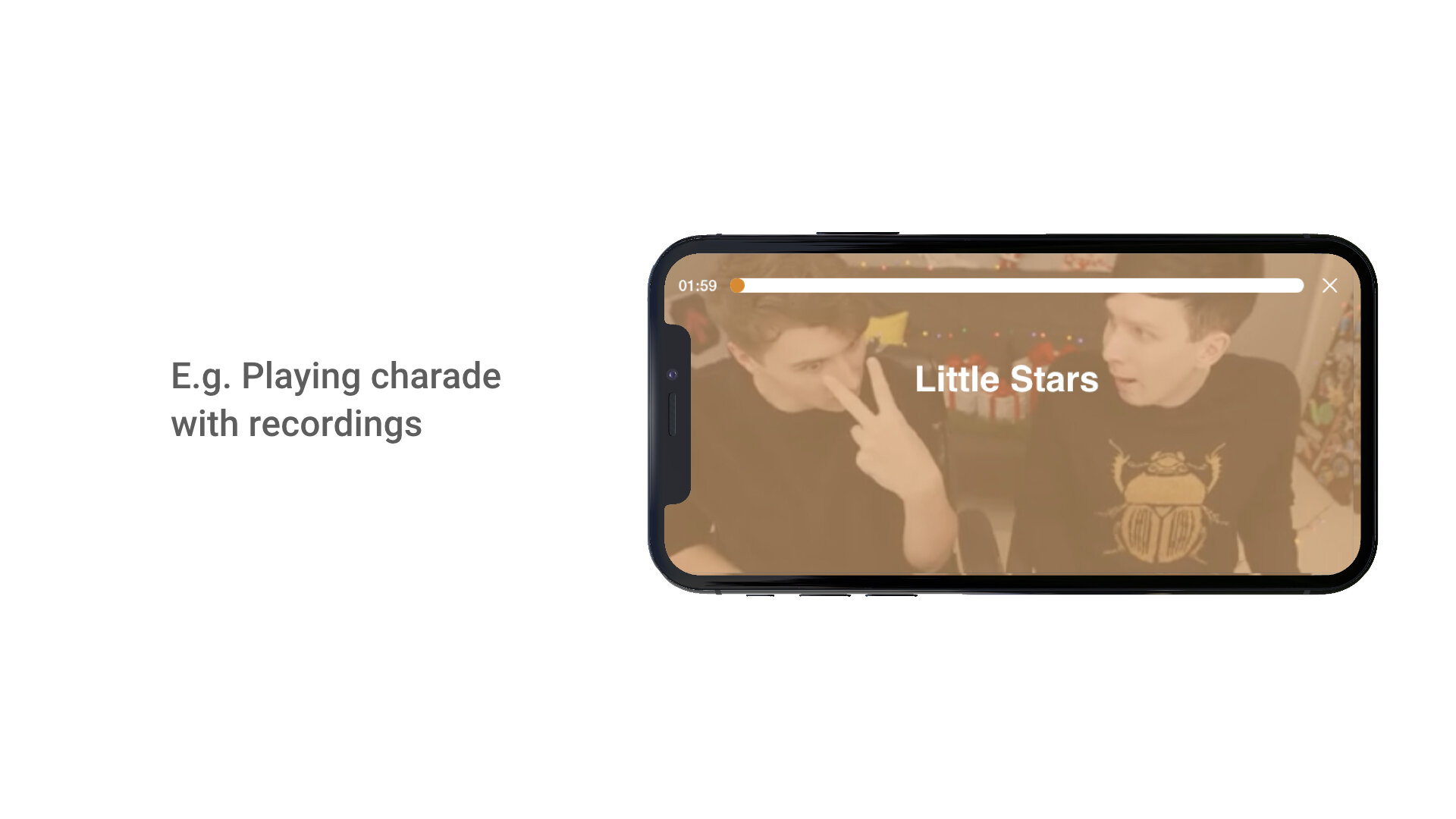

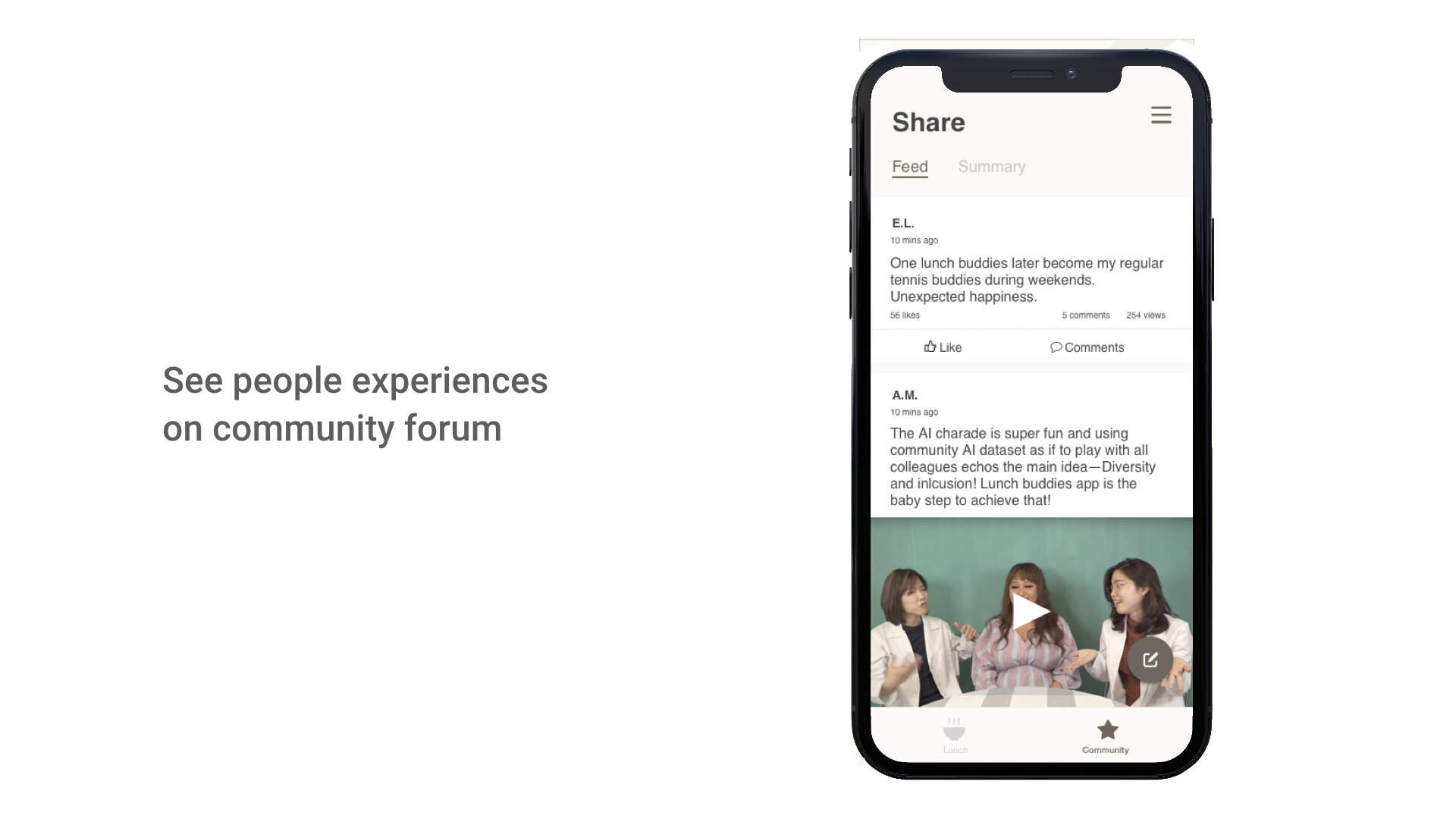
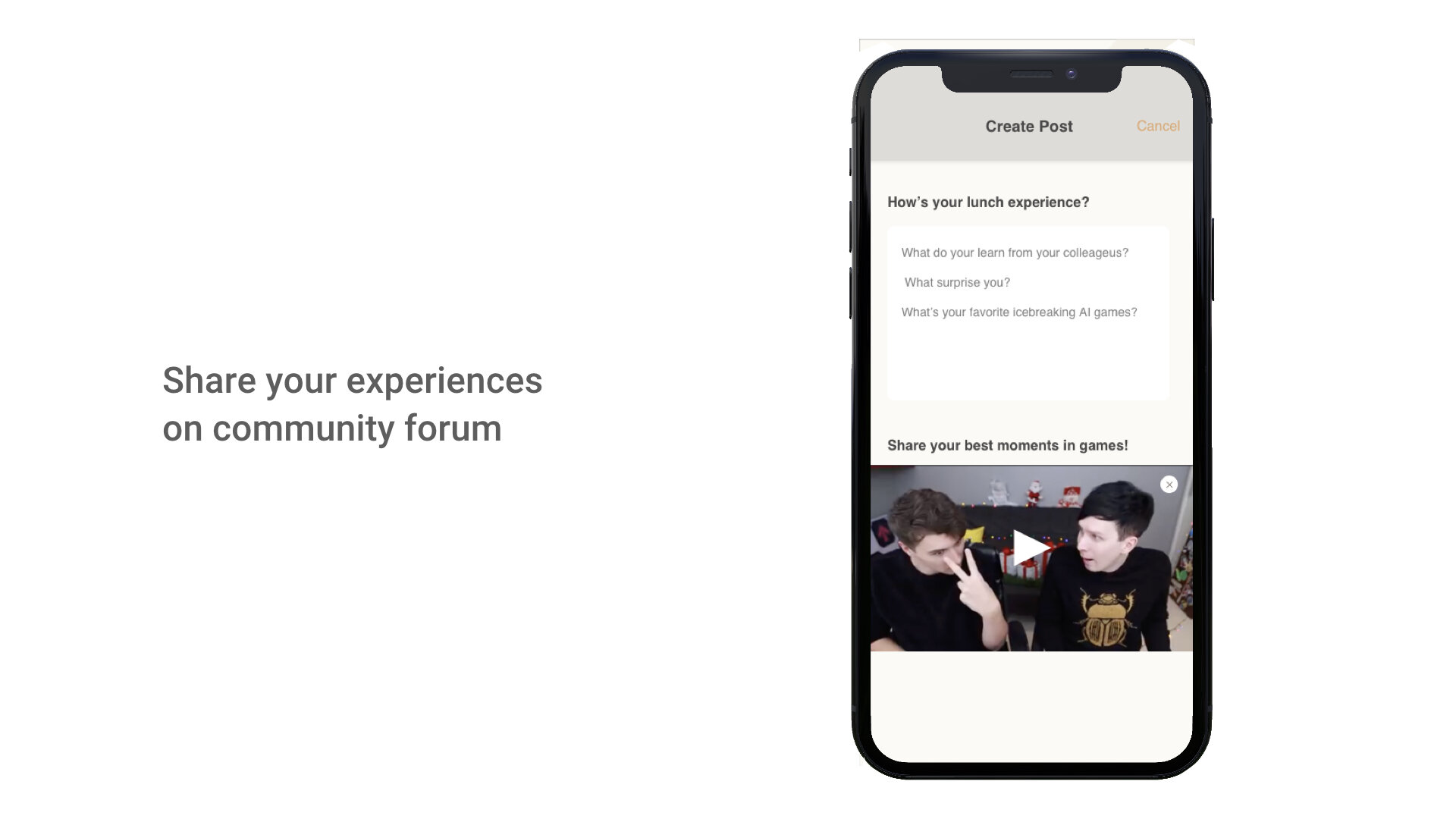

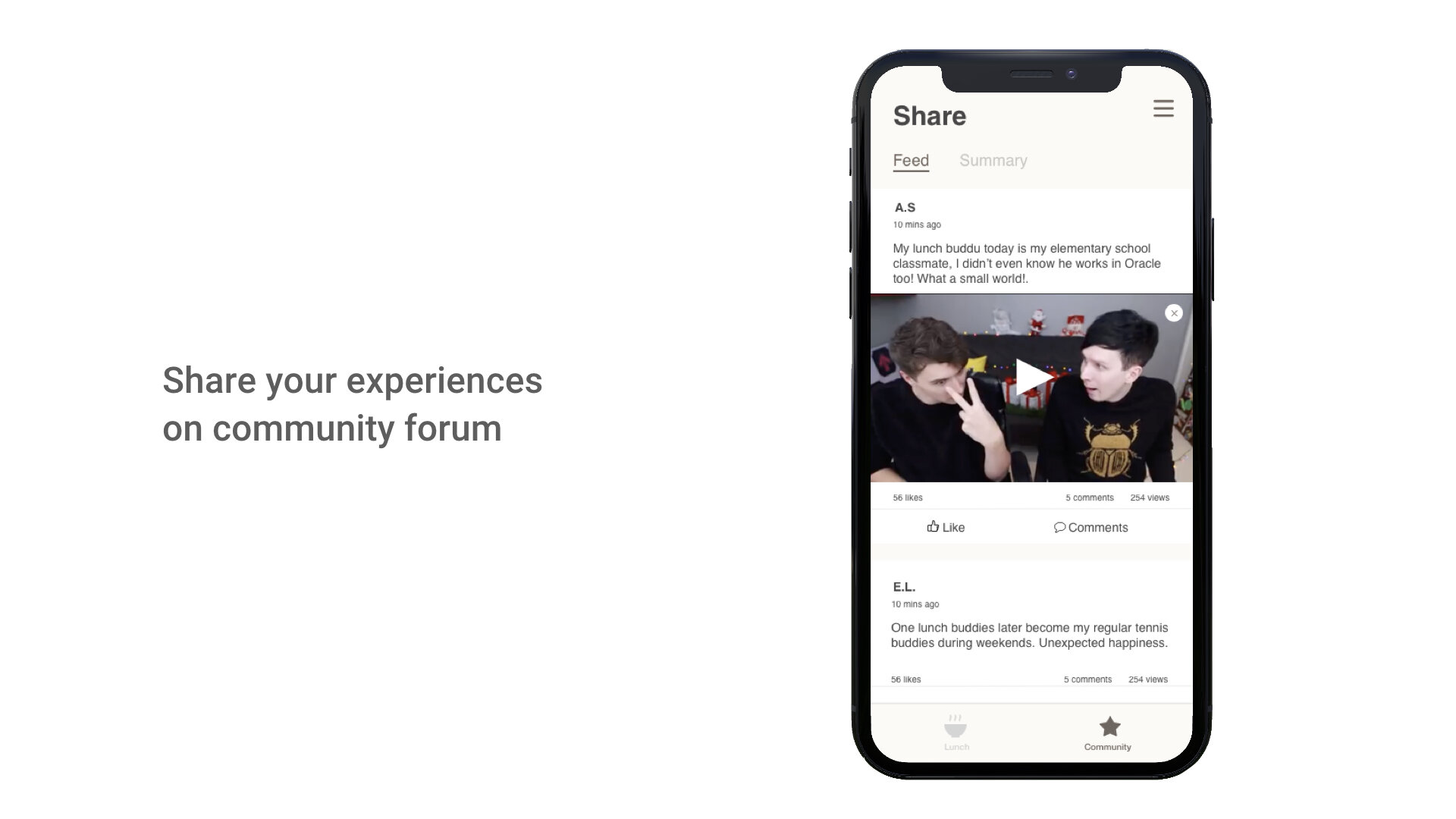
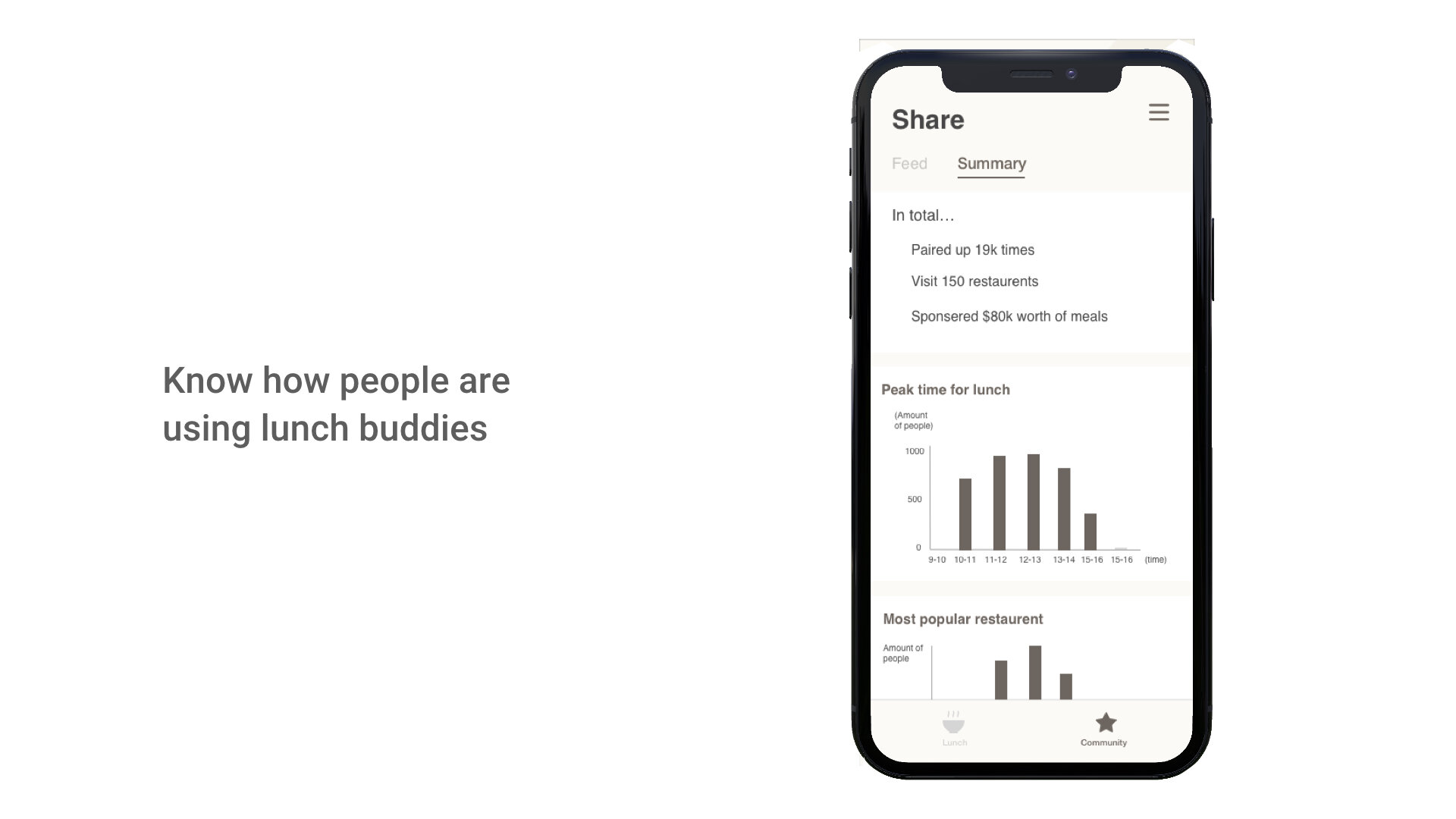
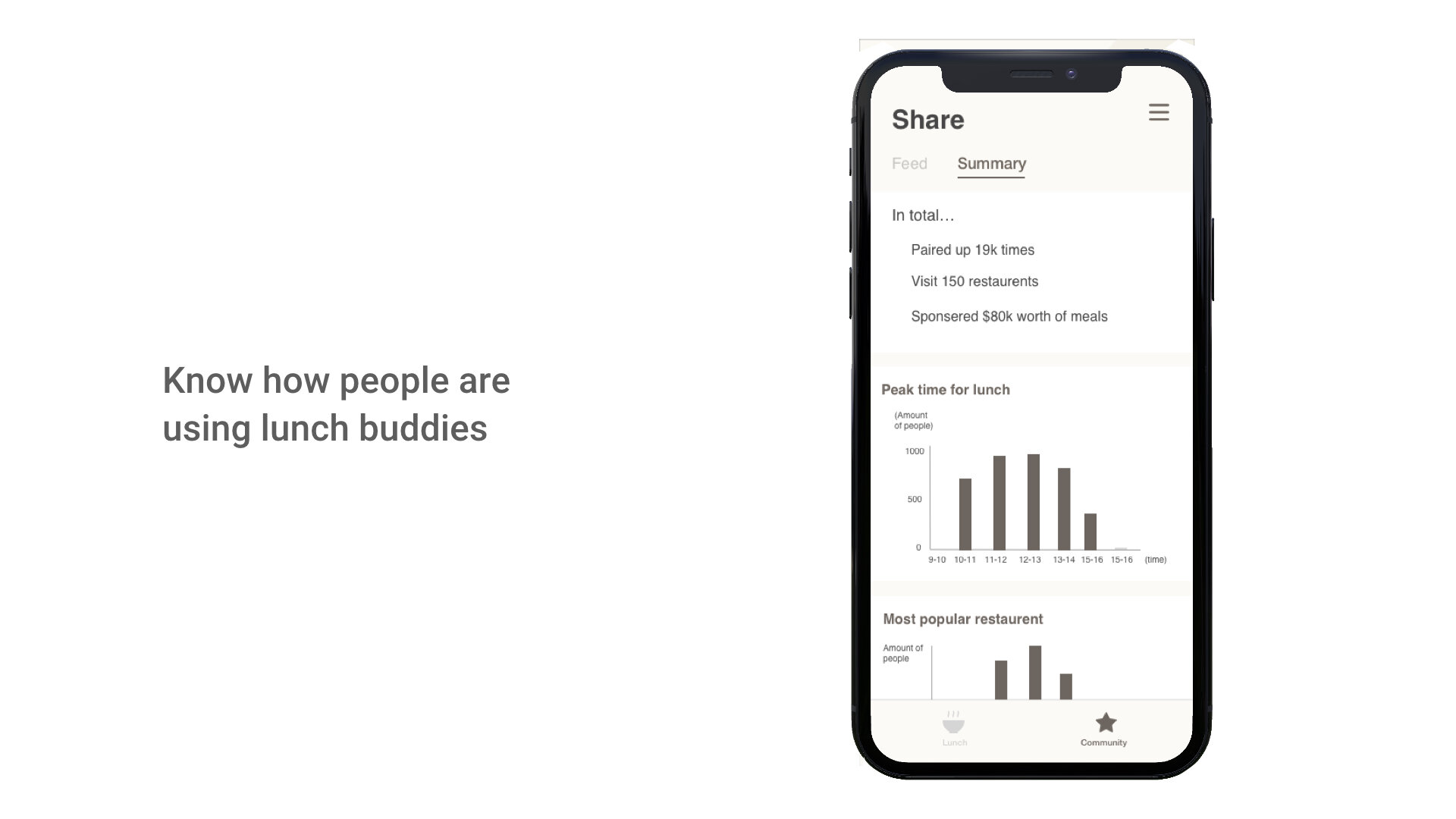
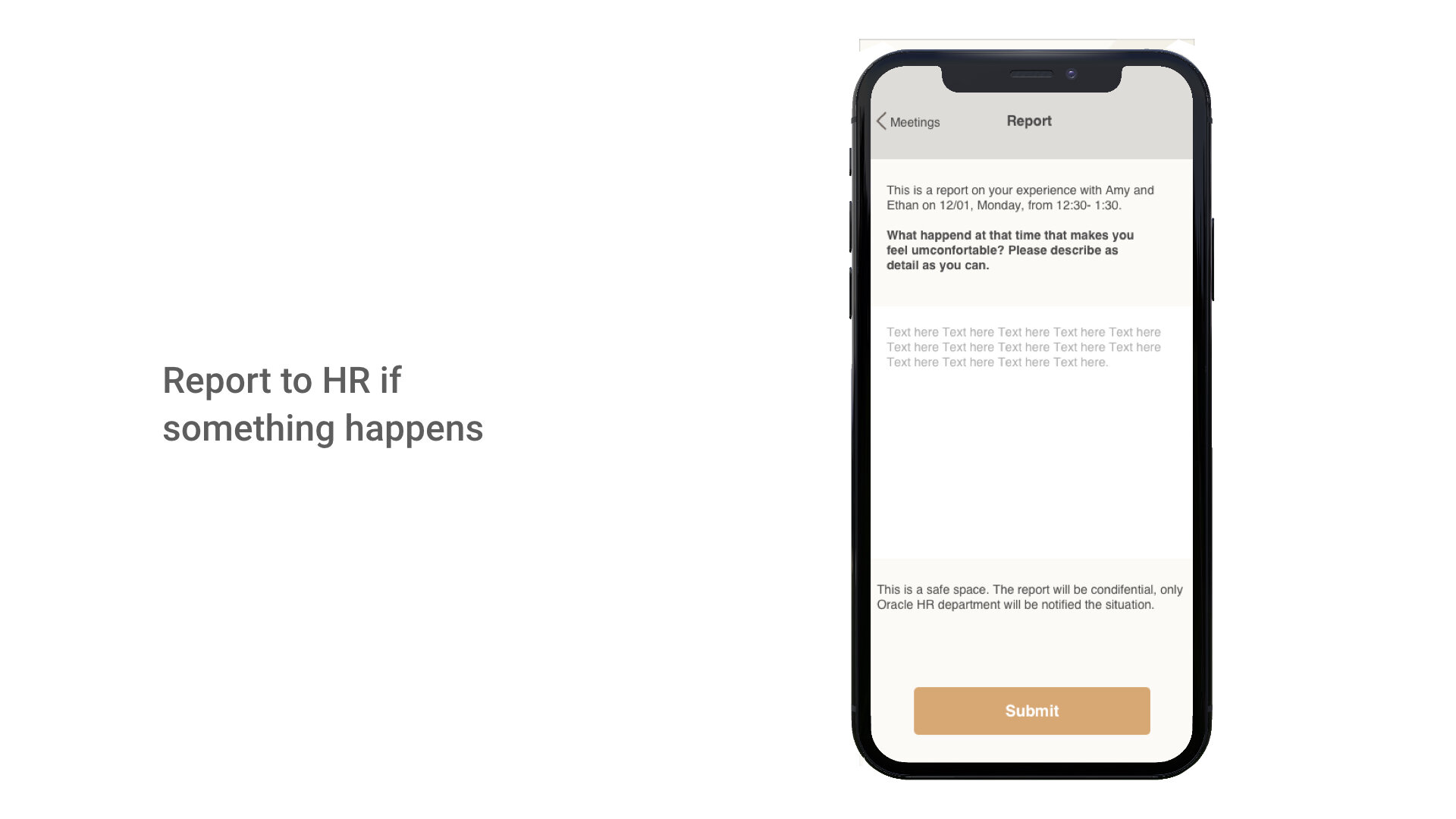
Overall Design Summary
Key AI Component
REFLECTION
Next Step
Usability testings on Lunch Buddies APP
Interview people work in D&I departments
New prototypes related to D&I (e.g. Data visualization)
Learnings
I am very aware of this topic, which deals with human nature, is something that design can’t solve. But my goal at least is to nudge people to take baby steps — choose relatively harder ways, step out of their comfort zone, and become a better person they imagine themselves to be.
It’s impossible that I don’t have self-doubt as exploring this hard problem area. Whenever I see sad news of someone being bullied, hearing some politicians saying sexist things that earn his/her supporters’ applause, or saying something offensive myself, I can’t help but wonder what’s the point of fighting for equality, justice, diversity, and inclusion when they may go against human nature?
However, while lots of scientific theories claim that humans discriminate due to the nature of surviving such as finding stronger genes, I also heard from my interviewees said that “Diversity and inclusion are about survival, helping humans unite to face bigger challenges”. Both of the viewpoints are true, same logic as humans can compete and collaborate at the same time. Kang-yong Tsai , a famous Taiwanese television host, says that “even though it’s impossible to reach equity, we shouldn’t stop trying to achieve that to be closer to the ideals that live in our hearts. ” It’s always the word that keeps me going. Even if equity is just a hopeful fairytale that humans make up to fight against our dark sides, fairy tales certainly have their value, or else parents will tell their children that Santa Claus is a fake figure, instead of pretending there is one by putting presents in their children’s Christmas socks at night. “ When I am in my own country, everyone looks similar to me so I can judge people easily. However, when I was in New York, people are too different that I suddenly don’t know how to judge. Instead, I feel we are truly one at that moment”, said Phoebe, one of my interviewees. Besides using designs as tools to prompt ourselves to behave differently, changing our mindset first is more crucial. We should be aware of the society and people around us, to absorb as much as we can, and to empathize as much as we can. We can’t change our Identities but hopefully every identity will be treated with kindness.







